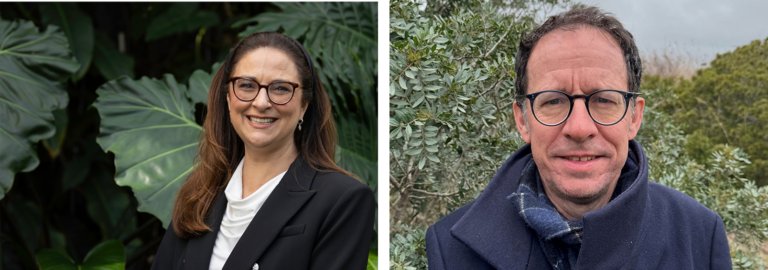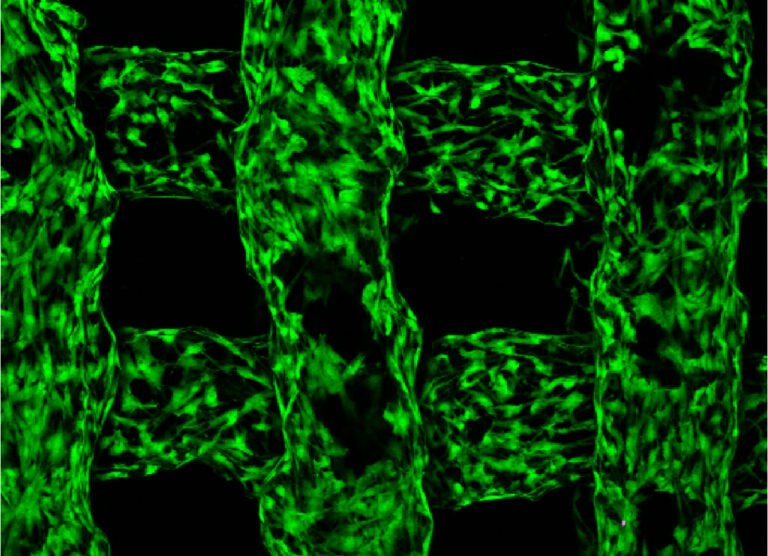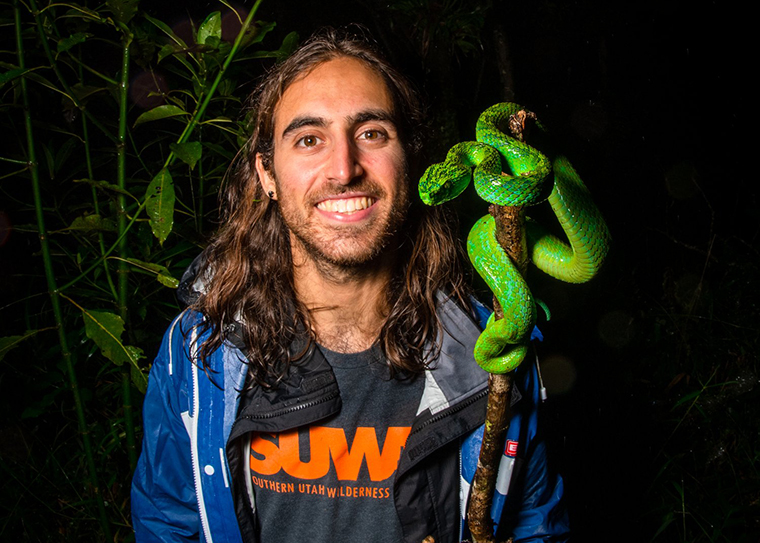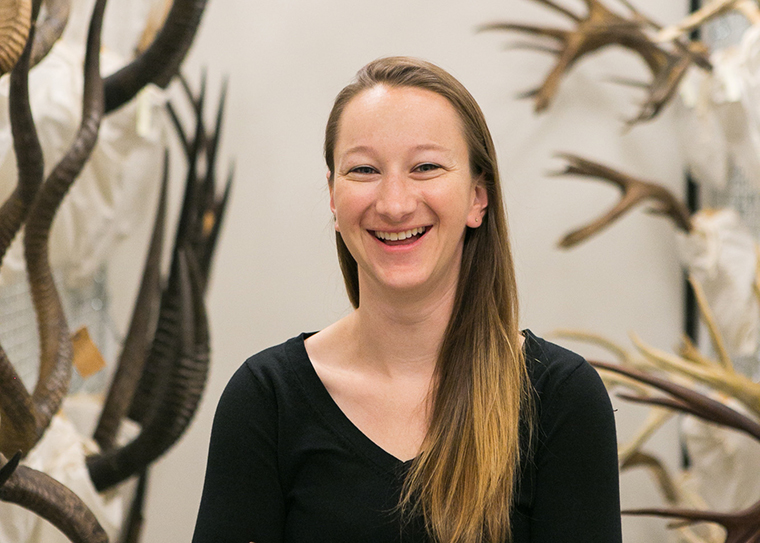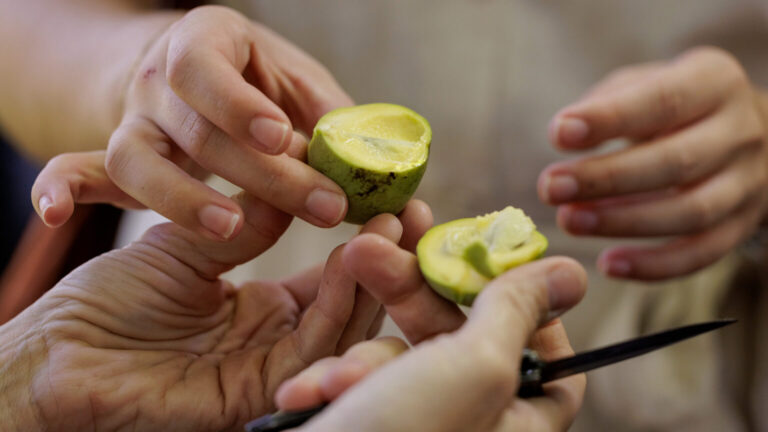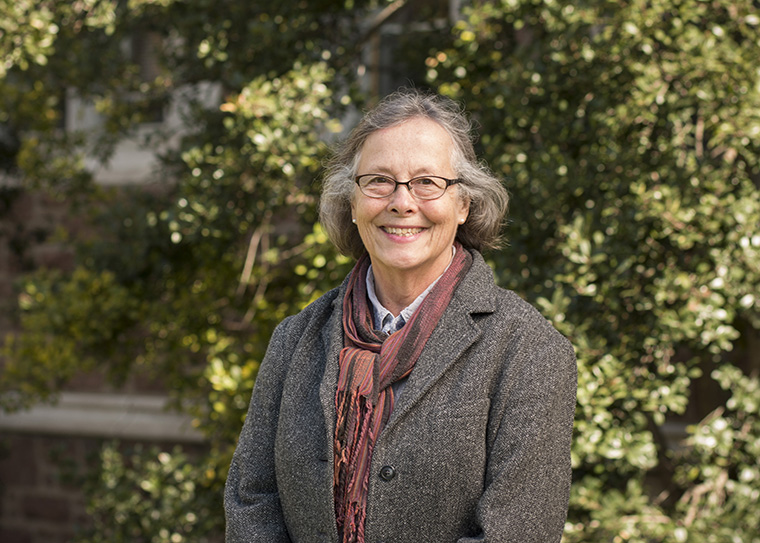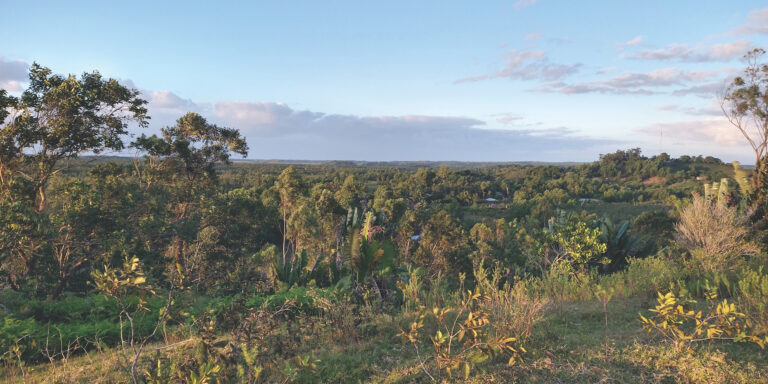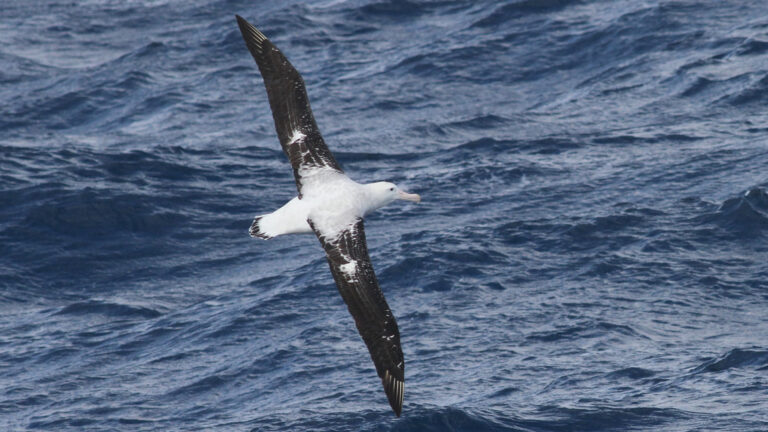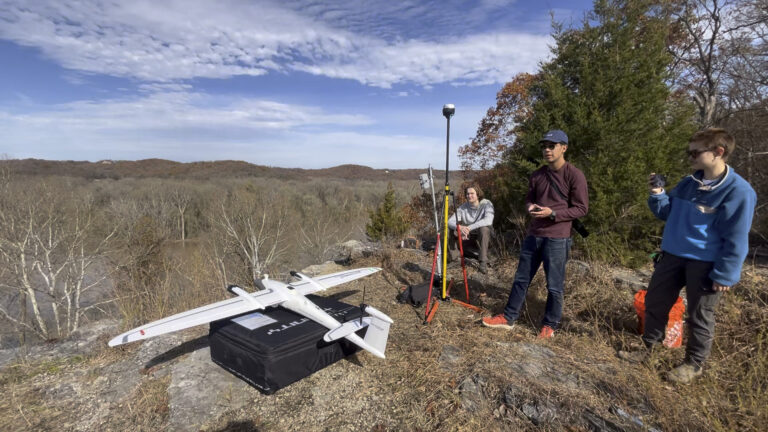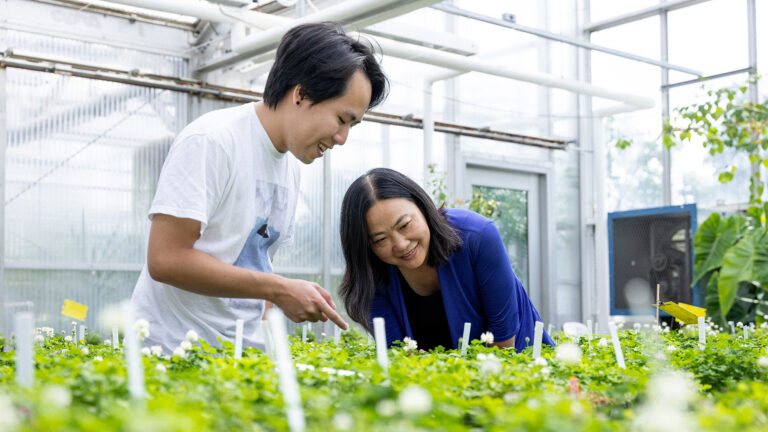World-renowned experts in tropical plant biodiversity join WashU, Missouri Botanical Garden
Building on a long history of successful collaboration, Washington University in St. Louis and the Missouri Botanical Garden are welcoming two internationally recognized botanists who will have joint appointments with both research institutions.
For success in bioelectronics, build with nature-inspired design
A team at Washington University in St. Louis is using 3D printing to create bioelectronic scaffolds that would allow researchers to create new tissue with a host of potential applications.
Helping herps in Central America
WashU grad student working to conserve endangered reptiles, amphibians in Honduras
Coyote genes may show urban evolution at work
A new study outlines the ways by which city life may be shaping the evolution of urban coyotes, the highly adaptable carnivores spotted in alleyways from Berkeley, Calif., to the Bronx, in New York.
Nothin’ but pawpaws in the pawpaw patch
Pawpaw fruits — the largest native fruits in North America — have become popular among foragers and foodies alike, with their custard-like texture and a sweet flavor often described as a cross between a mango and a banana.
Ancient maize genomes help chart corn’s journey into eastern North America
A new study published in Cell uncovers the deep evolutionary roots of flint and dent maize, commonly known as corn, two foundational varieties central to modern maize breeding and cultivation. Eighteen samples came from Ozark rockshelters and provide the first ancient maize DNA from east of the Rocky Mountains.
Saving forests and alleviating poverty
WashU sophomores work with villagers in rural Madagascar to conserve biodiversity.
Island biodiversity rides on the wings of birds
Bird wing shape is a trait that influences biodiversity patterns on islands around the world, according to research from WashU biologists.
A high-tech way to track an age-old problem
Students in the “Geospatial Field Methods” course used drones to map flooding along the Meramec River.
How plants evolved multiple ways to override genetic instructions
WashU biologists investigate inner workings of DNA methylation in plants.
